This story discusses suicide. If you or someone you know is having thoughts of suicide, please contact the Suicide & Crisis Lifeline at 988 or 1-800-273-TALK (8255).
It has been nearly 22 years since Raymond and Mary Anne Burke lost their 21-year-old son, Matthew, to suicide.
Young Matthew Burke was home on leave for the Thanksgiving holiday from his U.S. Navy submarine duty.
He left to take a drive and never returned.
ARMY VETERAN SAYS FAITH IN GOD SAVED HIS LIFE AFTER 12 SUICIDE ATTEMPTS: ‘SOMETHING STRONGER THAN MYSELF’
Since then, the Burkes have been working tirelessly to bring attention to the issue of veteran suicide, which claimed more than 6,000 lives in 2020 alone.
Navy vets themselves, the Burkes spoke with Fox News Digital about their personal journey — and said helping other families prevent or heal from that same tragedy has become their “calling” in life.
Matthew was a quiet and reserved child, his father said.
As “a military family, we moved around quite a bit and he was very reserved about moving,” Raymond Burke said. “It took him a while to adapt to a new location when we moved.”
Going into his freshman year of high school in Ohio, Matthew Burke had already decided he wanted to go into the Navy. He entered the Naval Reserve officer training program, completing four years in the ROTC.
HOMELESS VETERAN WALKS 30 MILES TO FIND A JOB: ‘I’M A MAN ON A MISSION’
“He was just really excited about serving his country,” said his dad.
A couple of years after high school, their son enlisted in the Navy.
“He did some strenuous training prior to going, and he excelled in boot camp and sub school,” his father said.
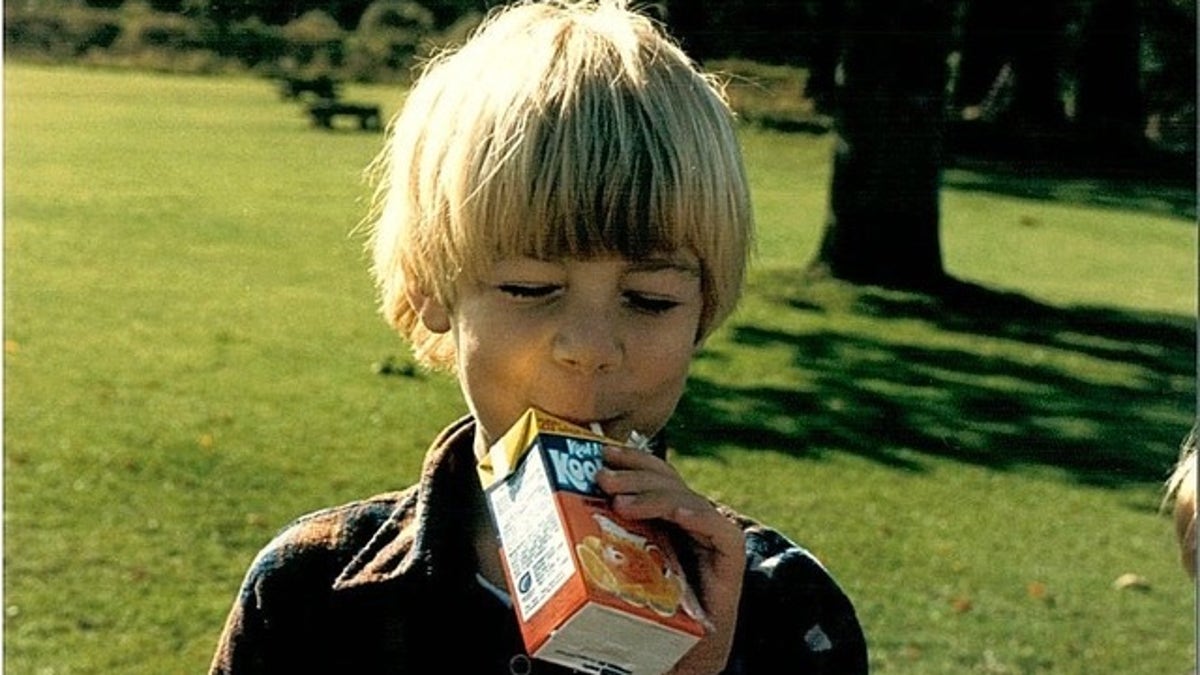
When he came home for Thanksgiving, he was excited to pick up his Corvette and drive it down to the Kings Bay Submarine Base, where he was stationed.
“He did seem quiet,” Mary Anne Burke recalled. “He didn’t eat too much for Thanksgiving, which is very unusual for him.”
At one point, his mother asked her son what was wrong.
“He just told me that he was in the world’s greatest Navy on a ballistic missile submarine — and I just didn’t know what to do with that.”
“I see now that there were signs — but he just didn’t feel like he could talk to us about it.”
There is a history of suicide in the family, Mary Anne Burke said — her cousin took her own life back in the ’80s, but it was something they had never discussed with their son.
“I see now that there were signs,” she said. “Yes, there was a reason for me to question why he was being so quiet and not eating.”
At the time, Matthew’s parents attributed it to the fact that he was getting ready to go out on a ballistic missile submarine in West Virginia, a new duty station for him.
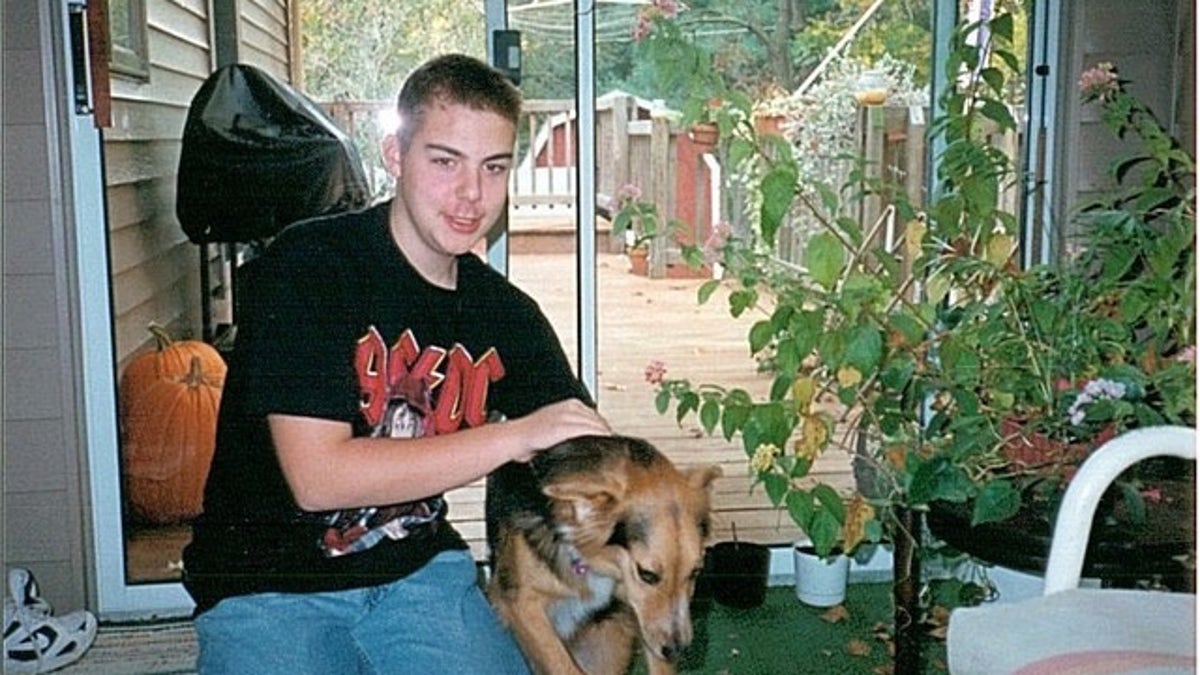
“Being military, we know what it’s like to be a newbie on base,” said Mary Anne Burke. “And I think there was a little bit of apprehension about being on the sub for so long — but he just didn’t feel like he could talk to us about it.”
Looking back, Raymond Burke said he could imagine how Matthew must have felt.
“I remember as a young Navy sailor, when you come home on leave and then it’s time to go back, you have that feeling of apprehension … You know you’re leaving your comfort zone at home and don’t know what the future will hold for you.”
AI TECH IDENTIFIES SUICIDE RISK IN MILITARY VETERANS BEFORE IT’S TOO LATE: ‘FLIPPING THE MODEL’
Mary Anne Burke, for her part, agreed that trepidation of the unknown likely weighed heavily on their son.
“Being in the military, you know that once you signed on the dotted line and you raised your right hand, there is a chance that something could happen, something could break out,” she said. “That was our duty. So that was always in the back of our minds, too.”
Walking out of the darkness
The months after their son’s suicide were “a dark, lonely period,” the Burkes said.
Several months later, Mary Anne Burke said she heard about a walk for suicide prevention in Washington, D.C., near their Virginia home.
Hosted by the American Foundation for Suicide Prevention (AFSP), the Out of the Darkness Overnight Walk takes place each year in a different host city, with thousands of people gathering to walk 16+ miles from dusk to dawn.
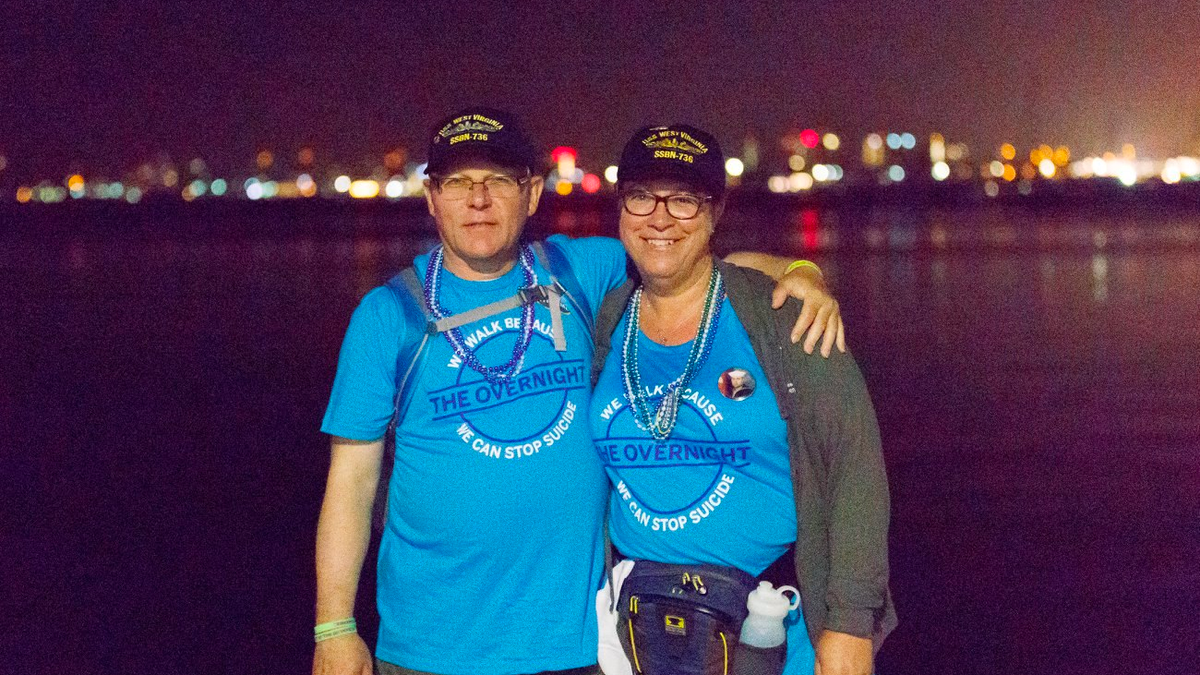
Many participants use the walk as a chance to raise funds for suicide prevention research, education and support for survivors.
“One of the first thoughts that went through my mind, other than the grief and the horror and everything, was that I really have to do that walk,” she said.
Mary Anne Burke signed up herself and her husband.
“It was the first time we had been among a group of people who knew exactly what we were going through,” she recalled. “And we could tell our story. We laughed. We cried.”
VET WHO LOST MILITARY ‘BROTHERS’ TO POST-WAR SUICIDE CALLS FOR URGENT CHANGE: ‘WE COULD DO BETTER’
“Just being in the company of people who understood what we were going through was tremendous for us.”
The first walk was 26 miles, all through the night.
“We dedicated ourselves to training to make sure that it would be a successful walk,” Raymond Burke said.
It was during that training that the healing first began, the couple agreed.
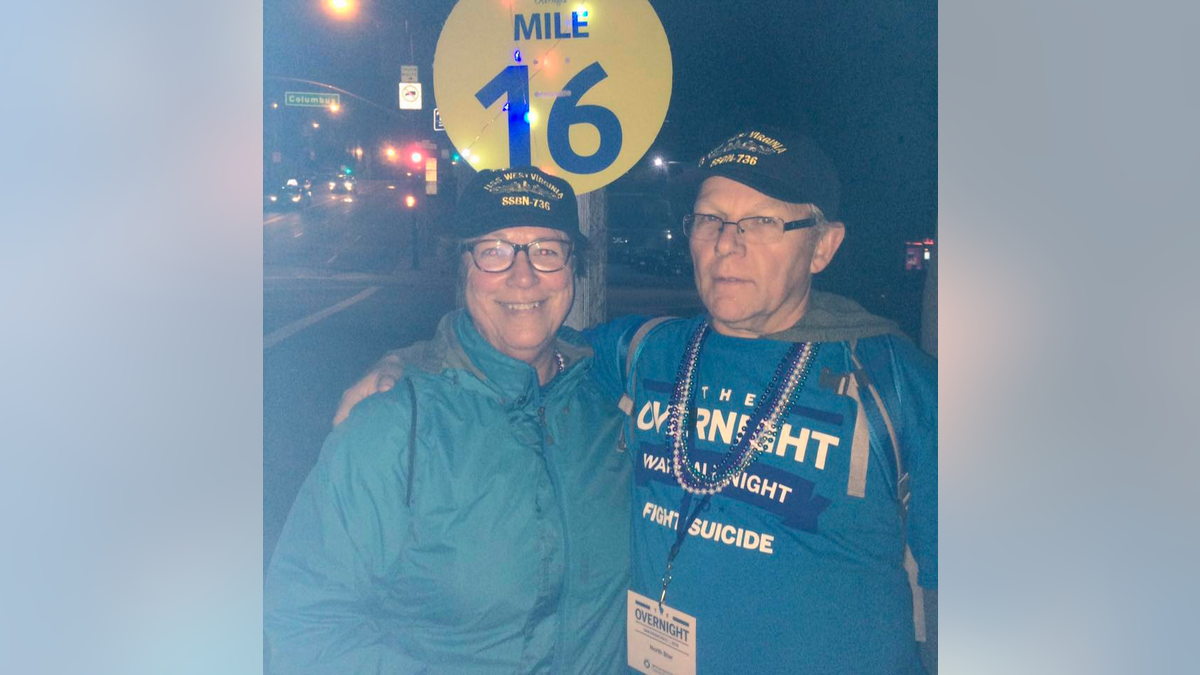
“We realized in training for this walk that we were doing something to honor our son’s life,” said Raymond Burke.
Since that first year, the couple have participated in every overnight walk, along with many other events and gatherings. Last year was their 26th walk.
Today, they consider the AFSP to be their “second family.”
“After such loneliness, it was a great feeling being with so many people who have gone through the same sorrow and pain that we’ve gone through.”
“There’s just a really close bond there, and it helps,” Mary Anne Burke said. “Just being in the company of people who understand and know what you are going through — it is a tremendous feeling.”
Her husband agreed, calling it a “humbling experience.”
He said, “After such loneliness, it was a great feeling being with so many people who have gone through the same sorrow and pain that we’ve gone through. And you’re doing something to honor your loved one, while also helping others.”
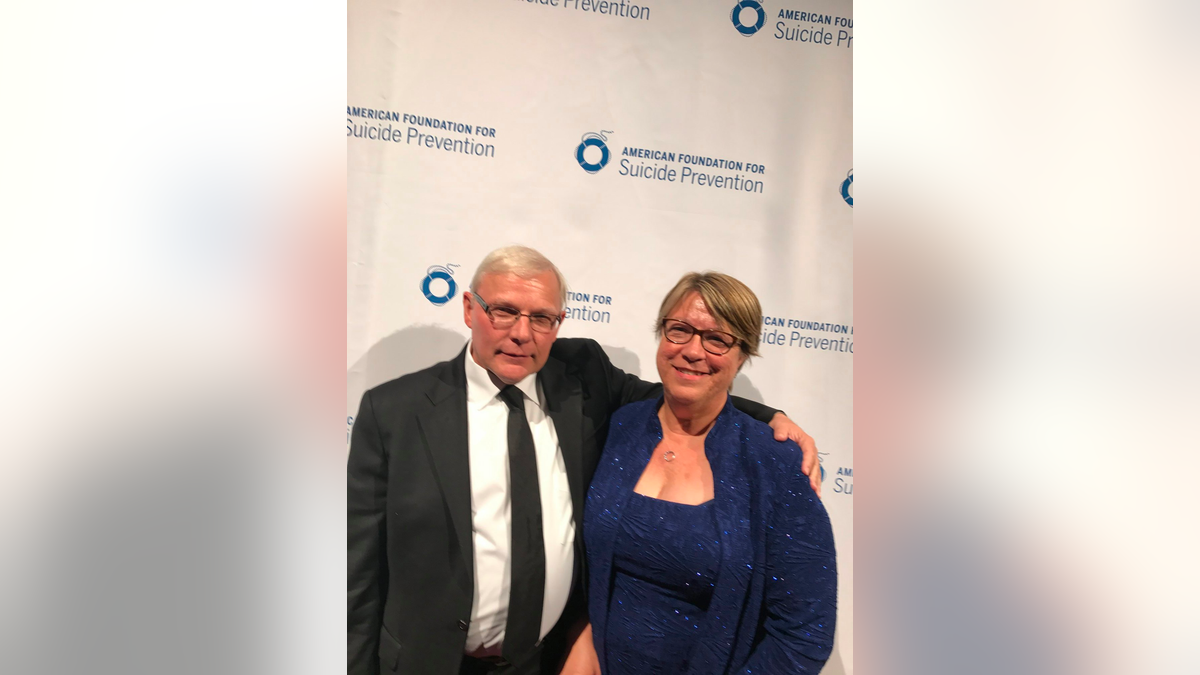
During each overnight walk, the Burkes said they can feel Matthew’s presence.
“He’s with us,” said the mom. “I have no doubt in my mind that he is with us, every step we take.”
The Burkes offered some advice to other survivors of a family member’s suicide.
SOLDIERS IN TRAINING RECEIVE OVER $1M IN COLLEGE SCHOLARSHIPS FROM US MILITARY AT NFL GAME
“Take care of yourself first,” Raymond Burke said. “No one can tell you how to grieve. Do whatever you can.”
Even when the sorrow is intense, he stressed the importance of eating, getting exercise and holding onto friendships.
“We found out who our real friends were,” he also recalled. “They were concerned about us and would come to check on us. And that is so important.”
“If we can help anybody, and if we save one life from dying by suicide, then it gives our son’s death some meaning.”
Mary Anne Burke, for her part, urged grieving families to continue talking about their lost loved one.
“You need to talk about that person. You need to say their name. No matter how they died, they do not deserve to be forgotten.”
Getting involved is also key, she added, urging people to register for the AFSP walks and other events.
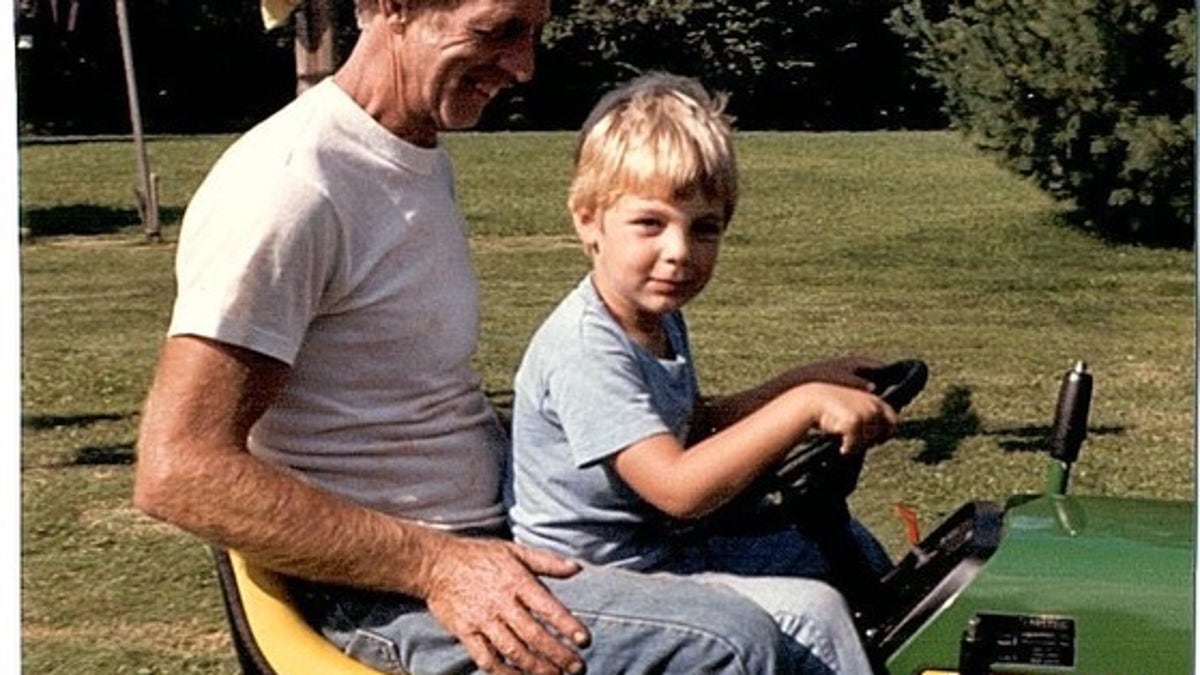
“One thing that really helped us was a support group. It’s not for everybody, but I would say give it a try,” said Mary Anne Burke. “Different things work for different people.”
Above all, survivors must stay close to their family, said Raymond Burke.
“Hold your family close and do whatever you have to do to get through,” he said. “Take each day one at a time. Don’t look too far into the future. Just try to look at right now.”
Recognizing the warning signs
On its website, the AFSP shares some of the indications that a person may be suicidal — most notably a sudden change in behavior.
VETERAN SUICIDE PREVENTION WORK NEEDS ‘FUNDAMENTAL CHANGE,’ SAYS MISSION ROLL CALL — HERE’S HOW
Below are some of the red flags:
- Talking about committing suicide, feeling hopeless or trapped, being a burden to others, or having no reason to live
- Increasing the use of alcohol or drugs
- Withdrawing from activities and isolating from family and friends
- Sleeping too much or too little
- Telling people goodbye and/or giving away possessions
- Displaying signs of depression, anxiety, anger, shame or aggression
The Burkes emphasized the need for the military to take a more active role in recognizing the signs and supporting the mental health of those who serve.
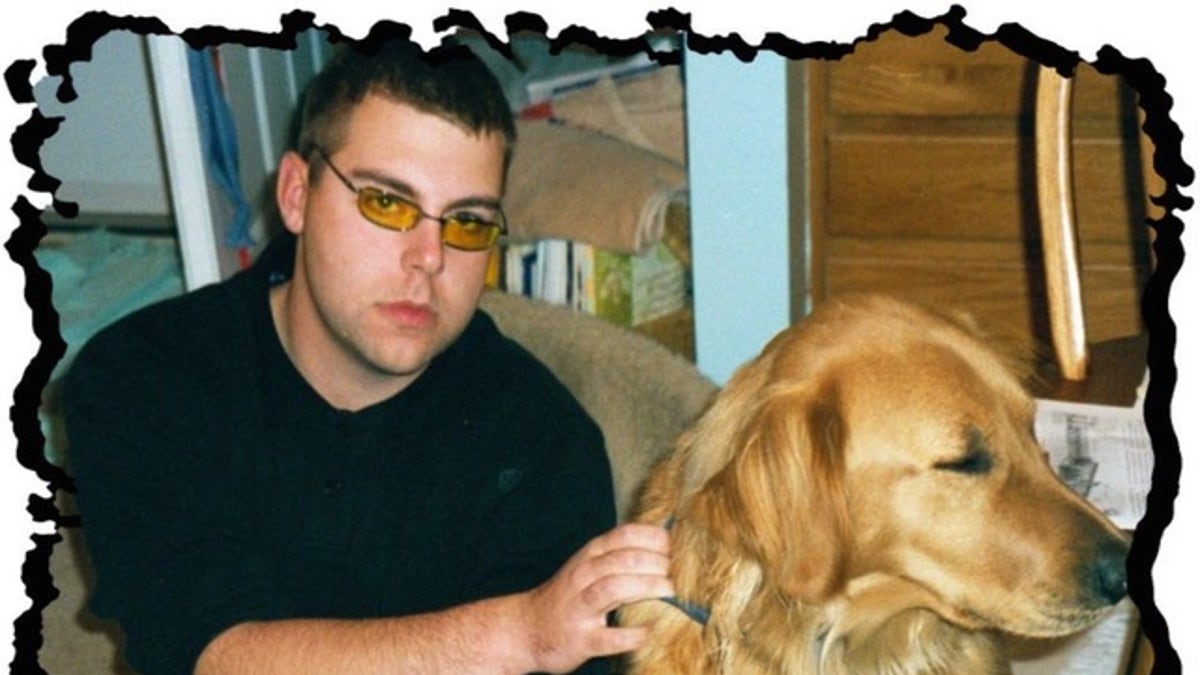
“There are a lot of people who are afraid to come to the chain of command and talk about having a problem, because they’re afraid they will lose their security clearance,” Raymond Burke said. “So they try to handle it on their own, and it becomes too much.”
Military leaders need to “get down in the valley” with those who are struggling, he stressed, and show them love and compassion — or make a recommendation to send them to someone who can help.
Raymond Burke does believe things are slowly improving. “They’ve made a lot of progress in the last 22 years, but we’re not completely there yet.”
CLICK HERE TO SIGN UP FOR OUR HEALTH NEWSLETTER
The AFSP is working with the Veterans Administration to help people recognize the warning signs in those at risk of suicide.
“The families need to learn the signs also,” Mary Anne Burke said. “I believe that’s one thing the military should do — train the families on what to look for and how to reach out for help.”
Veterans in crisis can call the 988 Suicide and Crisis Lifeline and press 1 for vets — or they can text 838255.
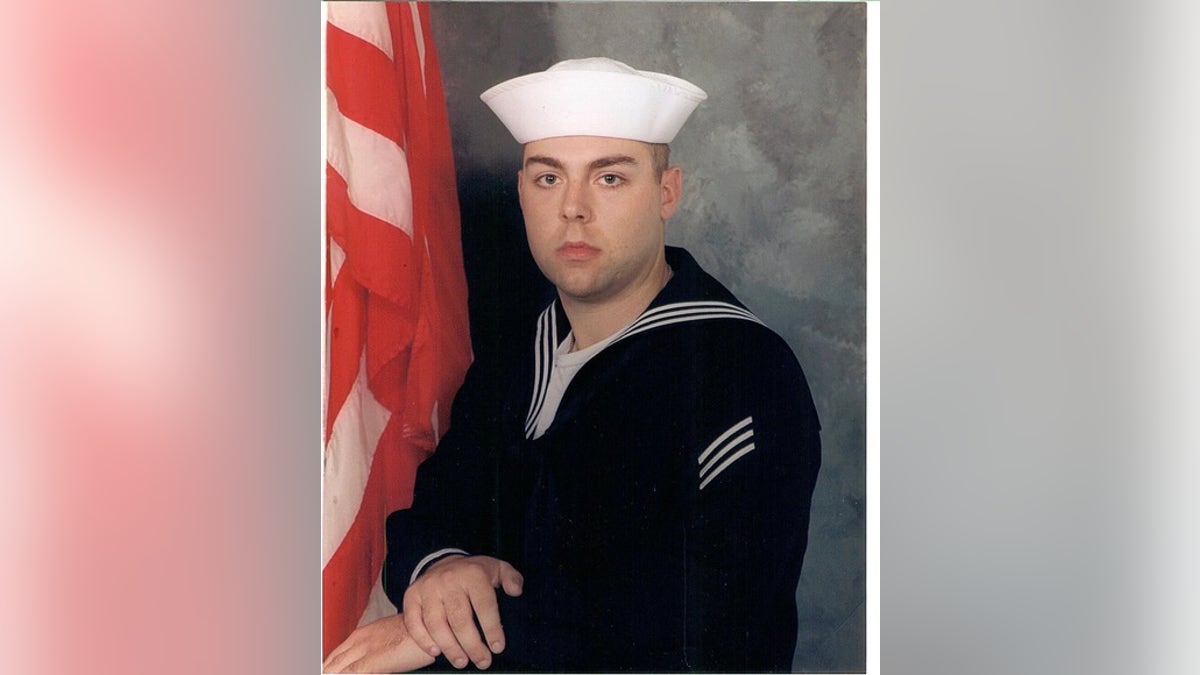
“As much as it was a dark time for us, especially that first year, there’s hope,” the mom said. “I feel that I have a different relationship with my son. I know he’s not here physically, but I know he’s around all the time.”
For the Burkes, their participation and volunteer work with AFSC has “become a calling.”
“If we can help anybody, and if we save one life from dying by suicide, then it gives our son’s death some meaning,” Mary Anne Burke said.
“As long as we keep telling our story and people see where we are in this journey, we give them hope that they, too, can have a happy life again.”
For more Health articles, visit www.foxnews.com/health.
Read the full article here